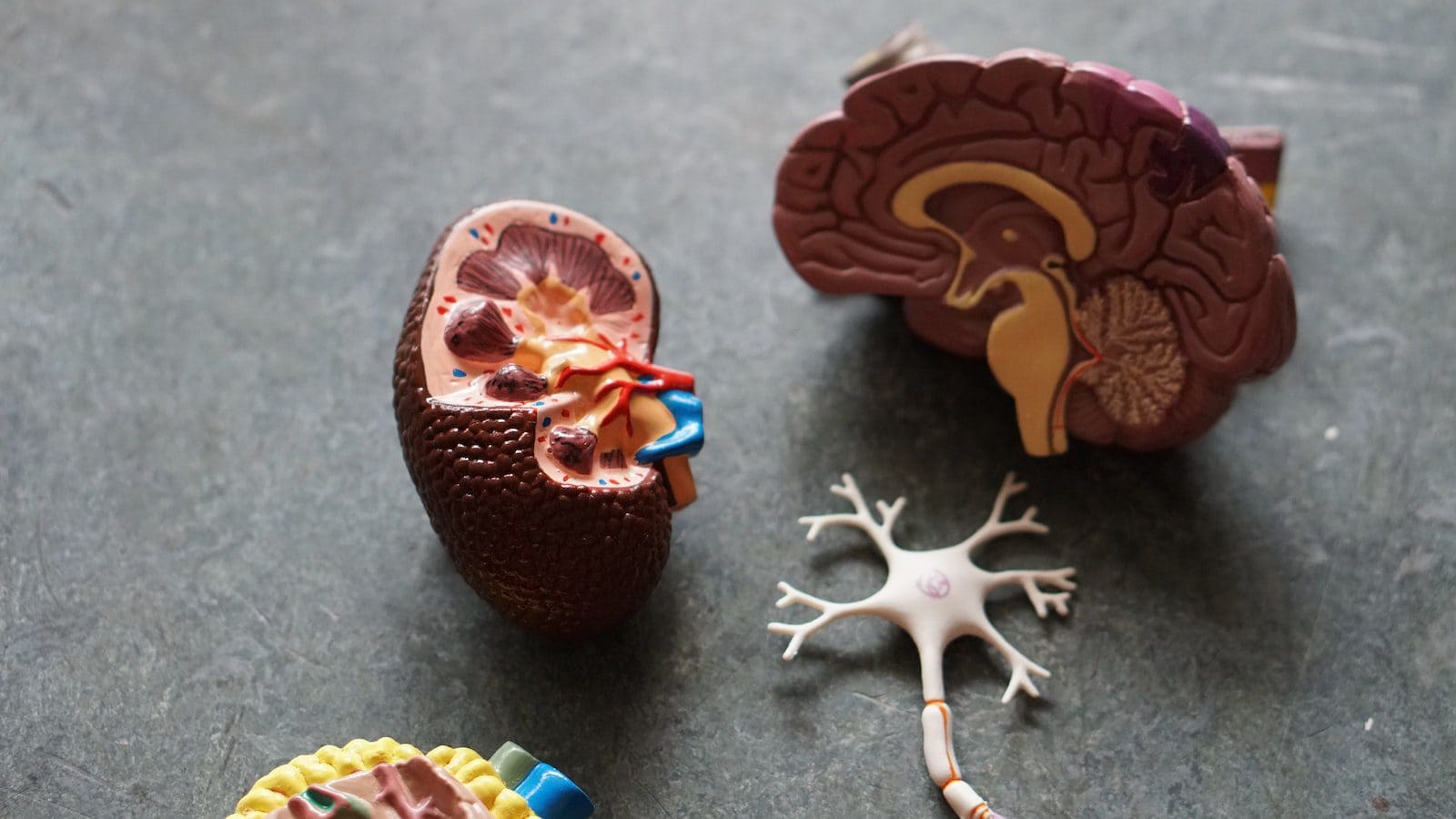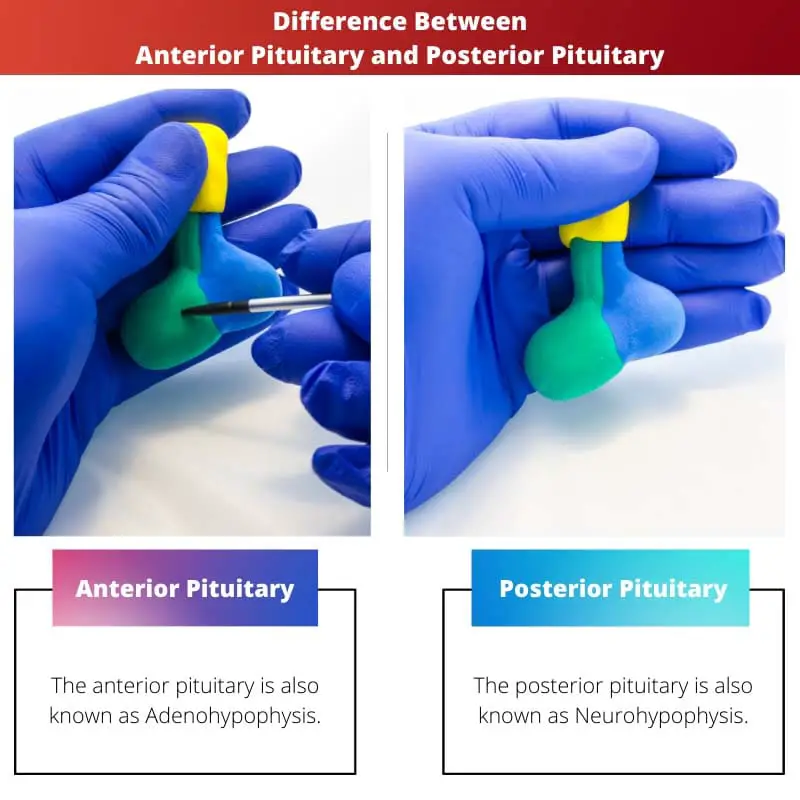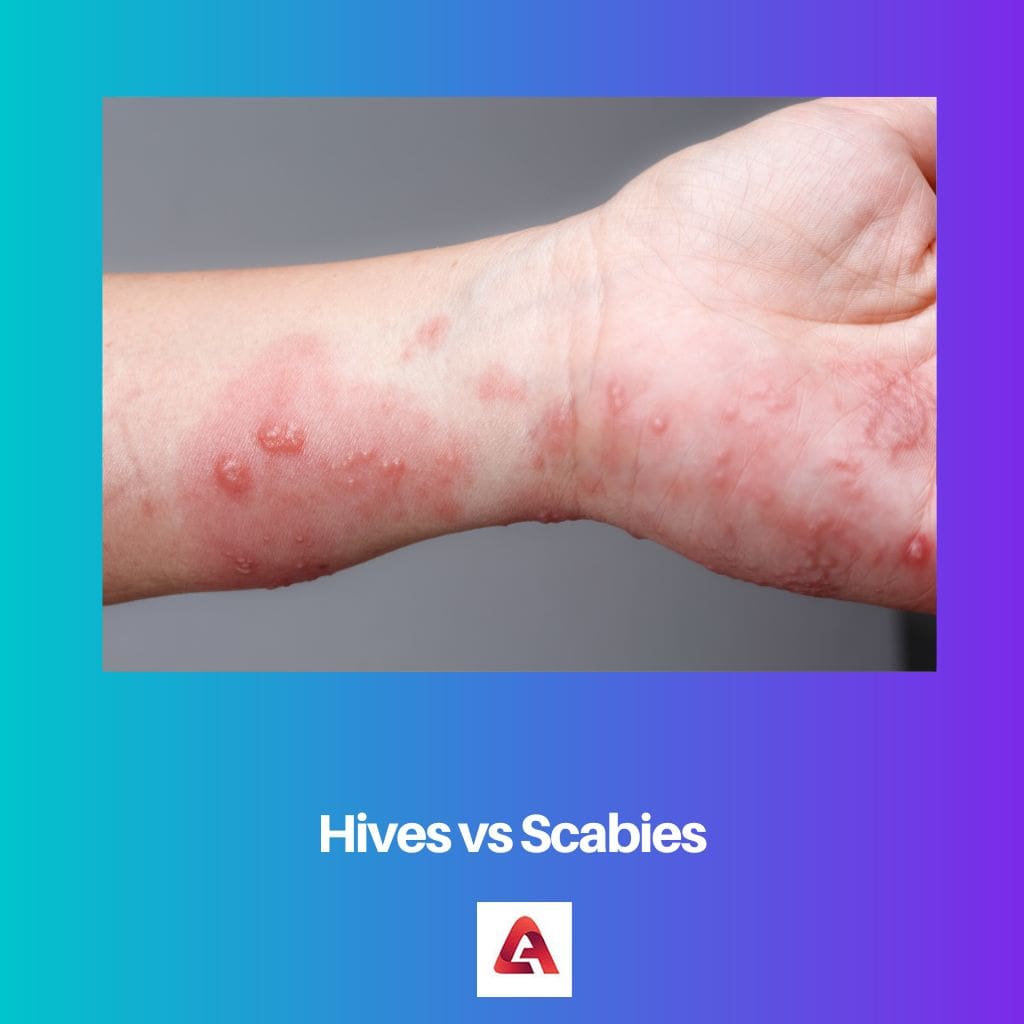The anterior pituitary, or adenohypophysis, synthesizes and secretes hormones such as growth hormone, prolactin, and thyroid-stimulating hormone. It is regulated by releasing and inhibitory hormones from the hypothalamus.In contrast, the posterior pituitary, or neurohypophysis, stores and releases hormones produced by the hypothalamus, namely oxytocin and antidiuretic hormone (ADH), also known as vasopressin. These hormones are transported along axons from the hypothalamus to the posterior pituitary for storage and release.
Key Takeaways
- The anterior pituitary gland produces and secretes several hormones, including growth hormone and prolactin, while the posterior pituitary gland stores and releases two hormones, oxytocin and vasopressin.
- The anterior pituitary is controlled by releasing hormones from the hypothalamus, while the posterior pituitary is an extension of the hypothalamus.
- Damage to the posterior pituitary can lead to a deficiency in oxytocin and vasopressin, while damage to the anterior pituitary can affect the production of multiple hormones.
Anterior Pituitary vs Posterior Pituitary
The posterior pituitary is the posterior part of pituitary gland existing below the hypothalamus. It is as small as a pea and releases two hormones oxytocin and antidiuretic hormone. Anterior pituitary is a small pea sized round projection at the front of pituitary gland underneath the hypothalamus releasing six different hormones controlling different body functions.

Comparison Table
| Feature | Anterior Pituitary | Posterior Pituitary |
|---|---|---|
| Other Names | Adenohypophysis | Neurohypophysis |
| Embryonic Origin | Ectoderm | Neuroectoderm (extension of the hypothalamus) |
| Location | Frontal lobe of the brain, below the hypothalamus | Connected to the hypothalamus by the pituitary stalk |
| Cell Types | Six distinct cell types, each producing a specific hormone | Does not contain any hormone-producing cells |
| Function | Produces and secretes six hormones that regulate various bodily functions | Stores and releases two hormones produced by the hypothalamus |
| Hormones Produced | – Growth Hormone (GH) – Thyroid-Stimulating Hormone (TSH) – Adrenocorticotropic Hormone (ACTH) – Follicle-Stimulating Hormone (FSH) – Luteinizing Hormone (LH) – Prolactin (PRL) | – Oxytocin – Antidiuretic Hormone (ADH) |
| Regulation | Regulated by releasing and inhibiting hormones from the hypothalamus | Directly controlled by the hypothalamus through nerve impulses |
| Blood Supply | Receives blood from the hypophyseal portal system, which carries hormones from the hypothalamus | Receives blood from the internal carotid artery |
What is the Anterior Pituitary?
The anterior pituitary gland, also known as the adenohypophysis, is a critical component of the endocrine system located at the base of the brain. It plays a pivotal role in regulating various physiological processes through the secretion of hormones.
Structure and Location
The anterior pituitary is a small, pea-sized gland that is anatomically distinct from the posterior pituitary gland. It is situated just below the hypothalamus, connected to it via a network of blood vessels known as the hypophyseal portal system.
Hormones Produced
- Growth Hormone (GH): GH regulates growth, cell reproduction, and regeneration in humans and other animals. It plays a crucial role in childhood growth and development, as well as in maintaining various metabolic processes throughout life.
- Prolactin (PRL): Prolactin is primarily associated with lactation in mammals. It stimulates milk production in the mammary glands of nursing mothers, facilitating breastfeeding.
- Thyroid-Stimulating Hormone (TSH): TSH stimulates the thyroid gland to produce thyroid hormones, which regulate metabolism, energy production, and the functioning of various organs and tissues.
- Adrenocorticotropic Hormone (ACTH): ACTH stimulates the adrenal glands to produce cortisol and other glucocorticoid hormones. These hormones play a crucial role in the body’s response to stress, immune function, and metabolism.
- Follicle-Stimulating Hormone (FSH) and Luteinizing Hormone (LH): FSH and LH are gonadotropins that regulate reproductive processes. In females, FSH stimulates the growth of ovarian follicles, while LH triggers ovulation and regulates the production of sex hormones. In males, FSH stimulates sperm production, while LH stimulates the production of testosterone in the testes.
- Melanocyte-Stimulating Hormone (MSH): MSH regulates skin pigmentation and plays a role in appetite and sexual arousal, although its significance in humans is less pronounced compared to other species.
Regulation
The secretion of hormones by the anterior pituitary gland is tightly regulated by the hypothalamus, a region of the brain located above the pituitary gland. The hypothalamus produces and releases various releasing and inhibiting hormones, which travel through the hypophyseal portal system to the anterior pituitary. These hypothalamic hormones stimulate or inhibit the secretion of specific pituitary hormones, thereby maintaining homeostasis and regulating various physiological processes in the body.

What is the Posterior Pituitary?
The posterior pituitary gland, also known as the neurohypophysis, is a vital component of the endocrine system located at the base of the brain. It plays a crucial role in the storage and release of hormones synthesized by the hypothalamus.
Structure and Location
The posterior pituitary is an extension of the neural tissue of the hypothalamus and is anatomically distinct from the anterior pituitary gland. It is composed mainly of nerve fibers and glial cells. The posterior pituitary is connected to the hypothalamus by a structure called the infundibulum, through which axons from hypothalamic neurons pass.
Hormones Produced
- Oxytocin: Oxytocin is referred to as the “love hormone” or “bonding hormone” due to its role in social bonding, trust, and emotional attachment. In females, oxytocin stimulates uterine contractions during childbirth and facilitates milk ejection during breastfeeding. In both males and females, oxytocin influences social behavior, including maternal-infant bonding, pair bonding, and trust.
- Antidiuretic Hormone (ADH), also known as Vasopressin: ADH regulates water balance in the body by controlling the reabsorption of water in the kidneys. It helps to conserve body fluids by reducing the amount of water excreted in urine, thereby preventing dehydration. ADH also plays a role in vasoconstriction, narrowing blood vessels to regulate blood pressure.
Regulation
The release of hormones from the posterior pituitary gland is controlled by neuroendocrine cells located in the hypothalamus. These cells synthesize oxytocin and ADH and transport them along axons to the nerve endings in the posterior pituitary. When stimulated, these neuroendocrine cells release oxytocin and ADH into the bloodstream in response to various physiological signals.
The secretion of ADH is primarily regulated by changes in blood osmolality and blood volume. When blood osmolality increases (indicating dehydration) or blood volume decreases (indicating low fluid intake or blood loss), specialized osmoreceptors and baroreceptors in the hypothalamus stimulate the release of ADH, promoting water retention by the kidneys.
Oxytocin release is triggered by sensory stimuli such as childbirth, breastfeeding, skin-to-skin contact, and emotional interactions. During childbirth, the mechanical stretching of the cervix and uterus stimulates oxytocin release, leading to uterine contractions. Similarly, suckling by the infant stimulates oxytocin release, facilitating milk letdown and strengthening the maternal-infant bond.

Main Differences Between the Anterior Pituitary and the Posterior Pituitary.
- Origin:
- The anterior pituitary gland develops from glandular tissue derived from the embryonic oral ectoderm.
- The posterior pituitary gland originates from neural tissue, specifically an extension of the hypothalamus.
- Hormone Production:
- Anterior Pituitary: Synthesizes and secretes its own hormones, including growth hormone, prolactin, and thyroid-stimulating hormone, among others.
- Posterior Pituitary: Stores and releases hormones produced by the hypothalamus, namely oxytocin and antidiuretic hormone (ADH), also known as vasopressin.
- Regulation:
- Anterior Pituitary: Hormone secretion is regulated by releasing and inhibitory hormones produced by the hypothalamus, which travel through the hypophyseal portal system.
- Posterior Pituitary: Hormone release is controlled by neuroendocrine cells in the hypothalamus, which synthesize oxytocin and ADH and transport them along axons to the posterior pituitary for storage and release.





